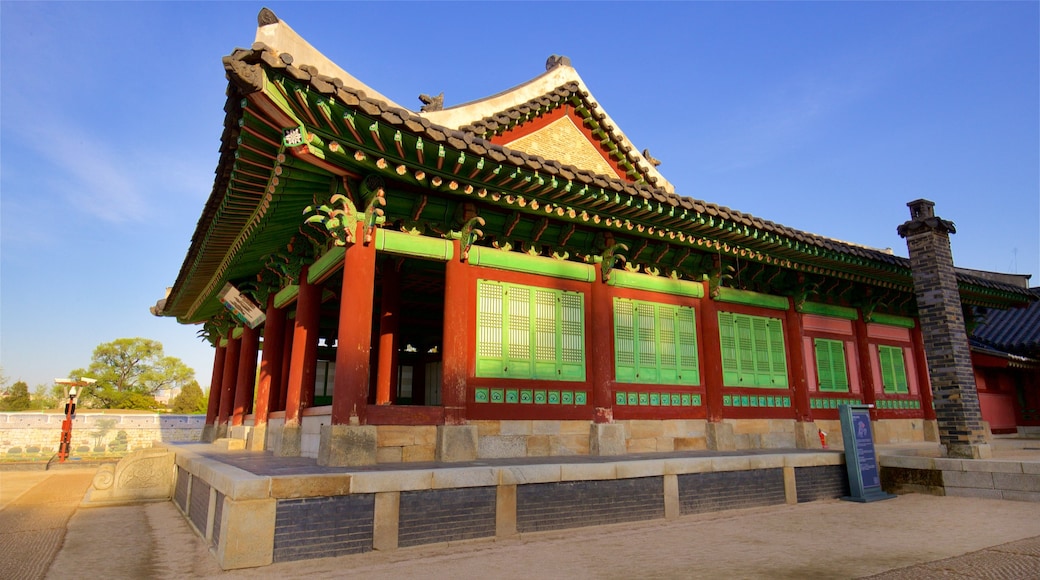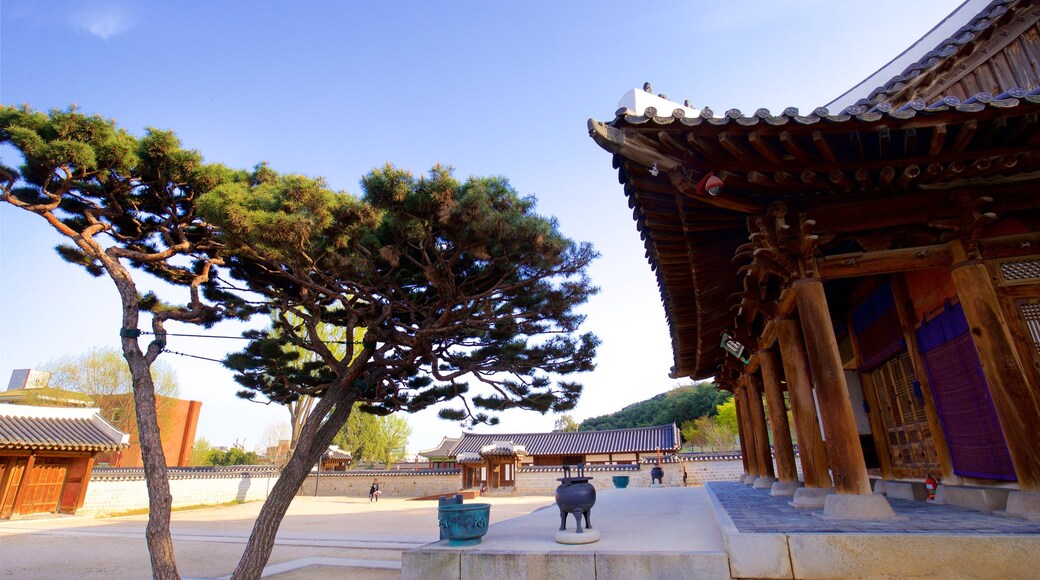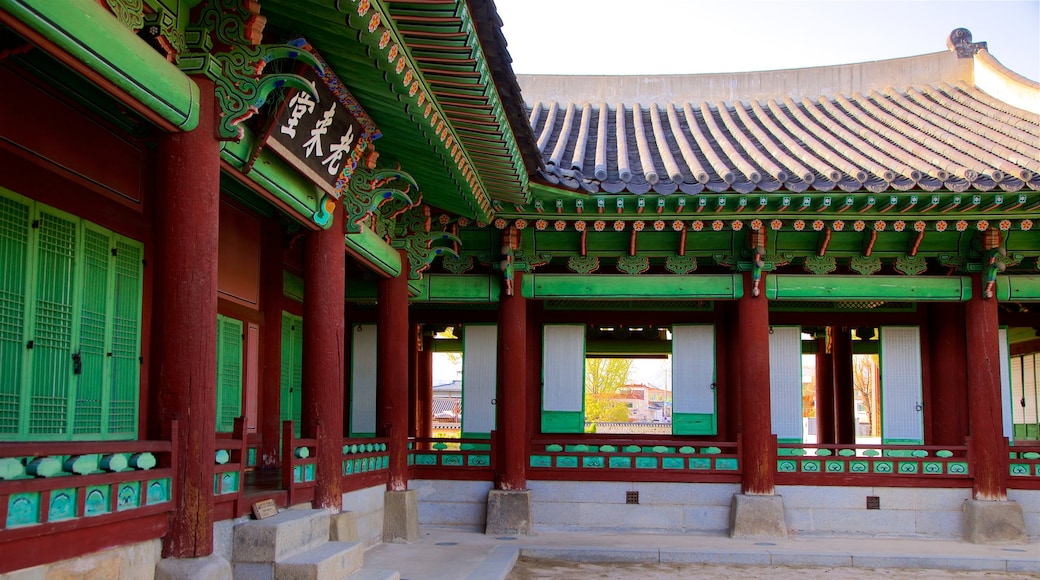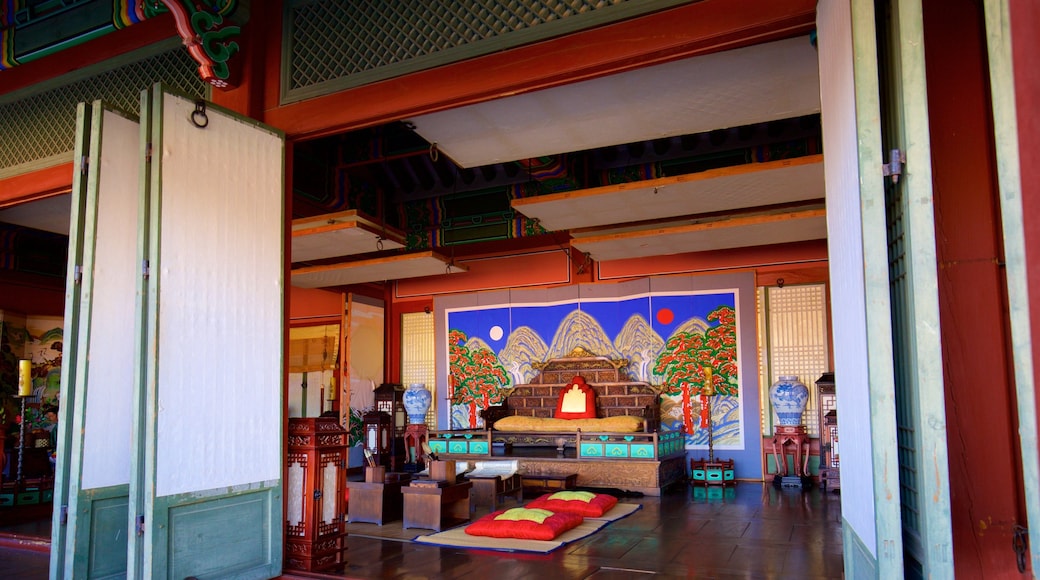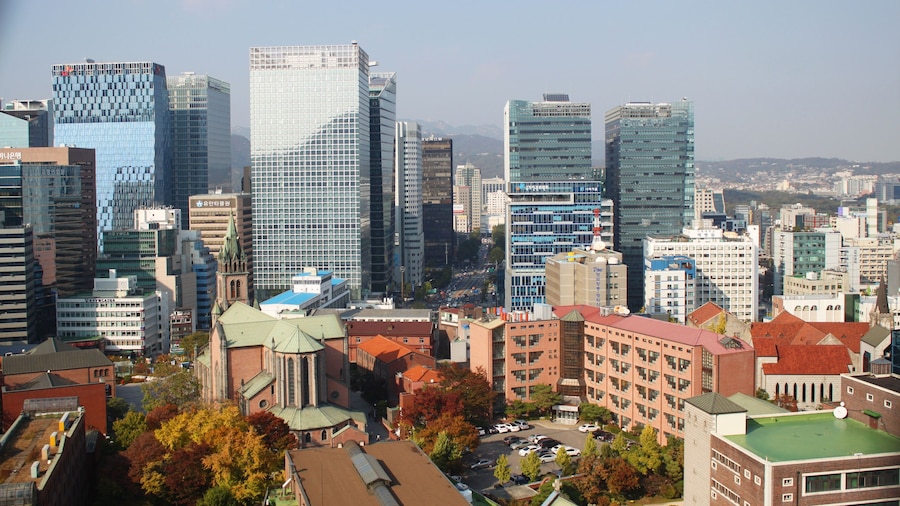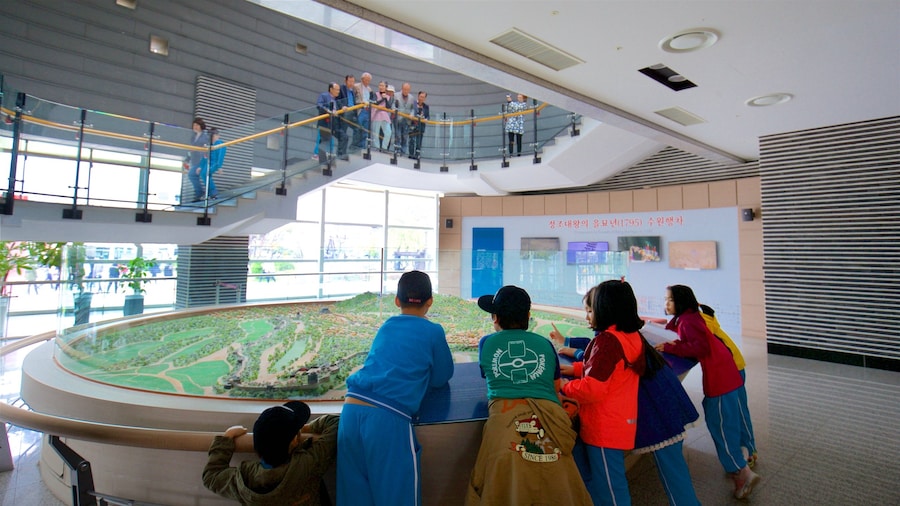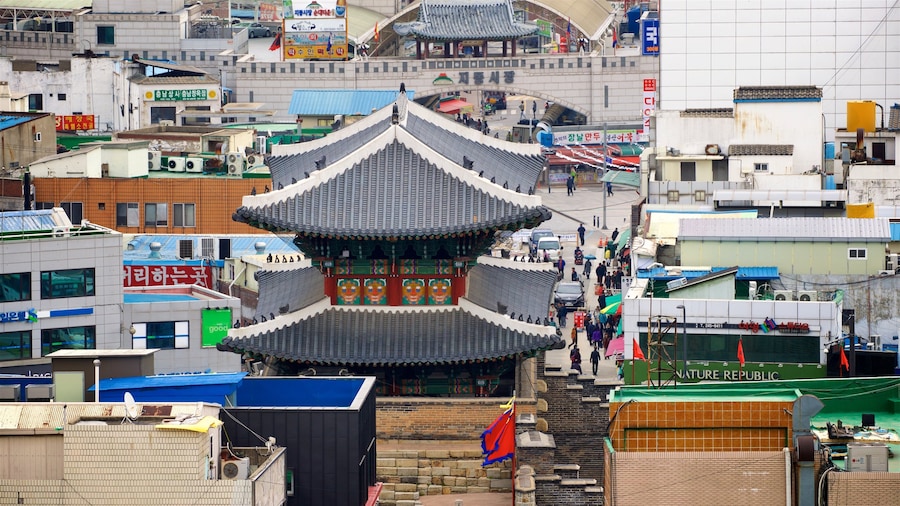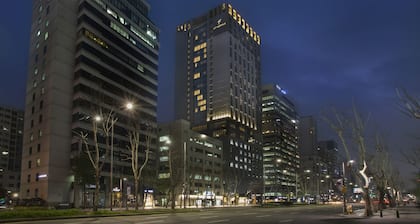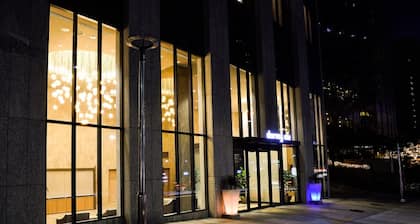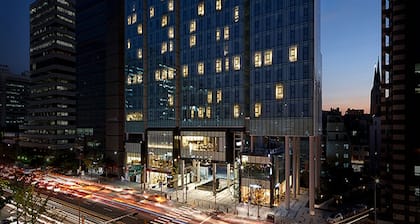Hwaseong Haenggung Palace is the ornate residential palace built for King Jeongjo when he constructed the magnificent walled city of Suwon. Traditionally, a haenggung is a palace used by the royal family during times of war. Find out about the grand 18th-century palace complex when you explore the visitor center and exhibition halls in the preserved main building.
Learn about this treasure of the Joseon Dynasty, which represents King Jeongjo’s dedication to his late father’s shrine and the fortress city of Suwon. King Jeongjo’s permanent residence was in Seoul, but the royal leader renowned for his military strength and family duty regularly lived in Hwaseong Haenggung Palace while visiting his father’s tomb.
Sitting squarely in the center of the fortress, the Hwaseong Haenggung Palace faces east from the lower slopes of Mount Paldalsan. It is made up of 22 individual buildings however, many of these were destroyed under Japanese colonial rule. Today, see a selection of restored rooms in the palace’s main buildings.
Experience the grandeur of the sprawling palace via the visitor information center. This three-story building gives a detailed insight into the palace’s architecture, tradition and culture. Make your way though a series of restored rooms, which reflect the style of the Joseon Dynasty. Period furnishings and decorations give a glimpse of 18th-century life in Suwon. Be sure to rent an audio guide to get a better understanding of the palace’s history and significance. Don’t miss seeing a presentation at the 3-D theater outside the palace’s front entrance. Outside the palace doors, find a zelkova tree, believed to be over 600 years old. On Sundays between April and October, watch the Jangyongyeong guard ceremony outside the front gate.
The Hwaseong Haenggung Palace lies at the heart of the Hwaseong Fortress, which encircles the old city of Suwon. The palace and its visitor information center are open daily year-round. Add the palace to your walking tour of the fortress and get another perspective on the fort’s history.
